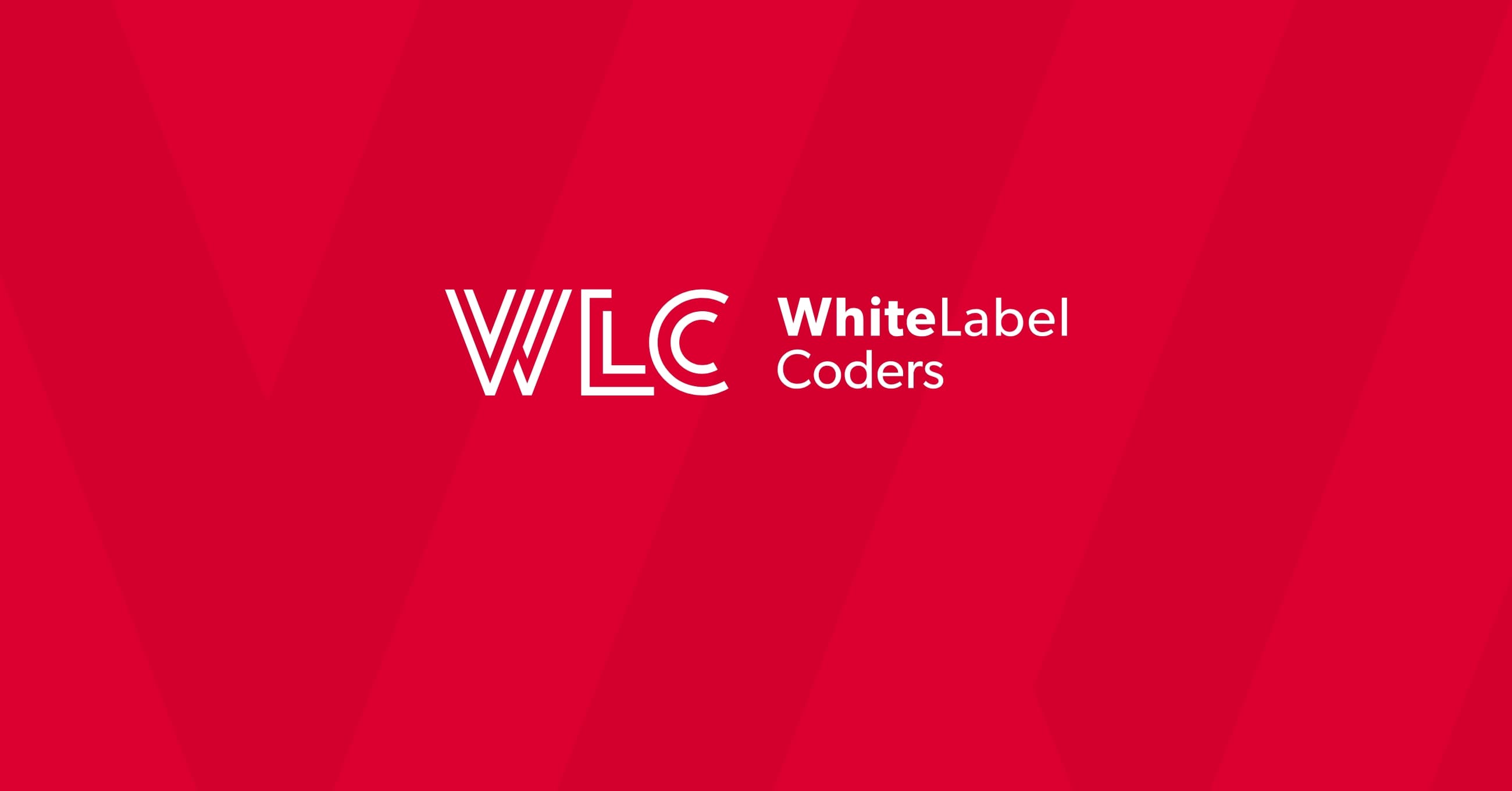Category: SEO AI
Does WooCommerce use Stripe?

Yes, WooCommerce does use Stripe as one of its primary payment gateway options. WooCommerce itself doesn’t inherently include Stripe, but integrates seamlessly with it through the official WooCommerce Stripe Payment Gateway plugin. This integration allows online store owners to accept credit cards, digital wallets, and other payment methods directly on their WooCommerce sites. The partnership between these two platforms creates a powerful e-commerce solution that combines WooCommerce’s robust shopping features with Stripe’s secure, efficient payment processing capabilities.
Understanding WooCommerce and Stripe integration
WooCommerce and Stripe form a powerful partnership in the e-commerce ecosystem. WooCommerce, as a WordPress plugin, provides the comprehensive shopping infrastructure, while Stripe offers the payment processing capabilities. This integration creates a complete transaction framework that benefits both merchants and customers.
When integrated properly, WooCommerce and Stripe work together to create a seamless checkout experience. Customers can browse products, add items to carts, and complete purchases without ever leaving your website. This native checkout experience tends to increase conversion rates compared to third-party redirects.
For store owners, the WooCommerce development process becomes simplified with Stripe integration, as it eliminates the need to build payment processing solutions from scratch. The integration handles complex payment operations including authorization, capture, refunds, and subscription billing automatically.
Additionally, this partnership offers scalability benefits. Whether you’re processing a handful of orders or thousands daily, the infrastructure supports your growth without requiring significant changes to your payment setup.
What is Stripe and how does it work with WooCommerce?
Stripe is a comprehensive payment processing platform that enables businesses to accept payments online. It functions as a payment service provider (PSP) that handles the entire transaction process, from payment authorization to settlement of funds into your merchant account.
In the WooCommerce ecosystem, Stripe operates through an official plugin that creates a direct connection between your store and Stripe’s payment infrastructure. When a customer initiates checkout on your WooCommerce store, the integration securely sends the payment information to Stripe, which then processes the transaction and returns a success or failure response.
The technical mechanics involve API calls between your WooCommerce site and Stripe’s servers. This happens in real-time, giving customers immediate confirmation of their purchase. Meanwhile, store owners benefit from Stripe’s backend dashboard where they can view transaction details, manage refunds, and access analytical data.
One of Stripe’s most valuable features in the WooCommerce environment is its ability to handle complex payment scenarios like subscription billing, partial payments, or delayed captures—all without requiring custom development work.
How do you set up Stripe with WooCommerce?
Setting up Stripe with WooCommerce is a straightforward process that begins with installing the right plugin. Here’s how to get started:
- Install and activate the WooCommerce Stripe Payment Gateway plugin from your WordPress dashboard or download it from the WordPress plugin repository.
- Create a Stripe account if you don’t already have one.
- Obtain your API keys from the Stripe dashboard—both test keys (for development) and live keys (for production).
- In your WooCommerce Settings, navigate to the Payments tab and find Stripe in the payment methods list.
- Enable Stripe and enter your API keys in the designated fields.
- Configure additional settings such as transaction types, payment form appearance, and which payment methods to accept.
For optimal performance, ensure your WooCommerce development includes proper SSL certification on your website. This is crucial not only for security but also because Stripe requires it for processing payments.
Once configured, test the integration thoroughly using Stripe’s test mode and their test card numbers. This allows you to simulate various transaction scenarios without processing actual payments. Only switch to live mode when you’ve verified everything works correctly.
Is Stripe free to use with WooCommerce?
Stripe operates on a transaction-based pricing model when integrated with WooCommerce. The basic structure includes:
The WooCommerce Stripe Payment Gateway plugin itself is free to download and install. However, Stripe charges processing fees for each transaction. For standard online payments in the US, Stripe typically charges 2.9% + $0.30 per successful transaction. International cards and specialty payment methods may incur additional fees.
Unlike some payment gateways, Stripe doesn’t charge:
- Monthly subscription fees
- Setup fees
- Gateway maintenance fees
- Card storage fees
For high-volume merchants, Stripe offers custom pricing packages that can reduce the per-transaction percentage. Additionally, Stripe’s microtransaction rates may benefit stores selling low-priced items.
It’s worth noting that while the base integration costs nothing beyond transaction fees, premium extensions that enhance the Stripe functionality (such as advanced subscription management) may have their own licensing costs. When planning your e-commerce budget, factor in these transaction costs as part of your operational expenses.
What payment methods does Stripe support in WooCommerce?
Stripe offers an impressive range of payment methods when integrated with WooCommerce, making it a versatile choice for global e-commerce. The core payment options include:
- Credit and debit cards – All major networks including Visa, Mastercard, American Express, Discover, JCB, and Diners Club
- Digital wallets – Apple Pay, Google Pay, and Microsoft Pay
- Local payment methods – Including SEPA Direct Debit (Europe), Bancontact (Belgium), iDEAL (Netherlands), Giropay (Germany), and more
- Buy Now, Pay Later – Services like Afterpay/Clearpay and Klarna
- ACH direct debits – For US bank accounts
The availability of these payment methods depends on your store’s location and the markets you serve. Not all methods are available in all regions, so it’s important to configure your Stripe settings based on your target audience.
For international sellers, Stripe’s multi-currency support is particularly valuable. It allows your WooCommerce store to accept payments in over 135 currencies, automatically converting them to your preferred settlement currency.
Custom WooCommerce development can further enhance Stripe’s payment capabilities, such as creating specialized checkout flows for particular payment methods or implementing dynamic payment options based on customer location.
How secure is Stripe for WooCommerce payments?
Security is paramount in online transactions, and Stripe offers robust protection for WooCommerce stores. Stripe maintains PCI DSS Level 1 compliance, the highest level of certification available in the payments industry. This means they adhere to strict security standards for handling cardholder data.
When integrated with WooCommerce, Stripe implements several security measures:
- Tokenization – Card details are converted to tokens before reaching your server, meaning sensitive data never touches your website
- End-to-end encryption – All payment information is encrypted during transmission
- Radar fraud detection – Stripe’s machine learning system identifies and blocks suspicious transactions
- 3D Secure authentication – Additional verification for high-risk transactions (also helps with SCA compliance in Europe)
- Regular security audits and penetration testing
For European merchants or those serving European customers, Stripe automatically implements Strong Customer Authentication (SCA) as required by PSD2 regulations. This adds an extra authentication step for certain transactions, further reducing fraud risk.
Store owners also benefit from Stripe’s dispute management tools, which help handle chargebacks efficiently and protect against fraudulent claims. The combination of these security features makes Stripe one of the most trusted payment processors for WooCommerce stores.
What are the alternatives to Stripe for WooCommerce?
While Stripe is a popular choice for WooCommerce stores, several alternatives offer different features and pricing structures that might better suit specific business needs:
- PayPal – Perhaps Stripe’s biggest competitor, offering similar features with the added benefit of the large PayPal user base
- Square – Excellent for businesses that sell both online and in physical locations, with integrated point-of-sale options
- Authorize.Net – A veteran payment gateway with robust features for larger businesses
- Braintree – Owned by PayPal but operates independently, offering competitive features to Stripe
- Mollie – Popular in Europe with strong support for European payment methods
- 2Checkout (now Verifone) – Specializes in global payments with tax management features
Each alternative has distinct advantages. For instance, PayPal offers instant brand recognition and customer trust. Square provides excellent integration between online and offline sales. Authorize.Net offers more customization options for enterprise-level businesses.
When choosing between Stripe and these alternatives, consider factors like:
- Transaction fees and pricing structure
- Available payment methods in your target markets
- Settlement times for receiving funds
- Quality of developer documentation and API
- Customer support quality and availability
Many WooCommerce stores actually implement multiple payment gateways to provide customers with options and as a backup in case one gateway experiences issues.
Making the right payment gateway choice for your WooCommerce store
Selecting the optimal payment gateway for your WooCommerce store requires balancing several factors specific to your business context. Begin by assessing your customer base—their geographical location, preferred payment methods, and expectations around checkout experience all influence which gateway will serve them best.
Consider your business model carefully. If you sell subscription-based products or services, Stripe’s robust recurring billing capabilities make it an excellent choice. For international merchants, evaluate each gateway’s multi-currency support and cross-border transaction fees.
Technical considerations also matter significantly. Some payment gateways offer more straightforward integration with WooCommerce than others. With professional WooCommerce development support, complex integrations become manageable, but this may affect your budget and timeline.
Your growth trajectory should influence your choice as well. Some payment gateways excel with small to medium businesses but struggle to scale efficiently. Others, like Stripe, offer enterprise-level capabilities but might be unnecessarily complex for very small operations.
Finally, consider implementing a primary payment gateway with one or two alternatives. This strategy provides checkout options for customers while creating redundancy in your payment system. If your primary gateway experiences technical issues, your store can continue processing orders through alternative methods, ensuring business continuity and customer satisfaction.

